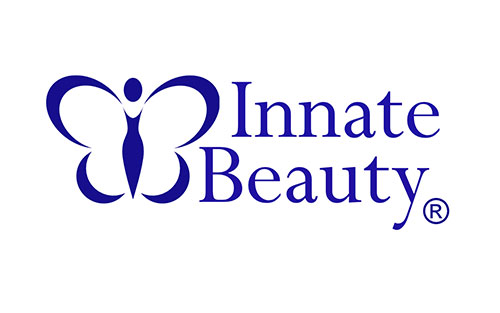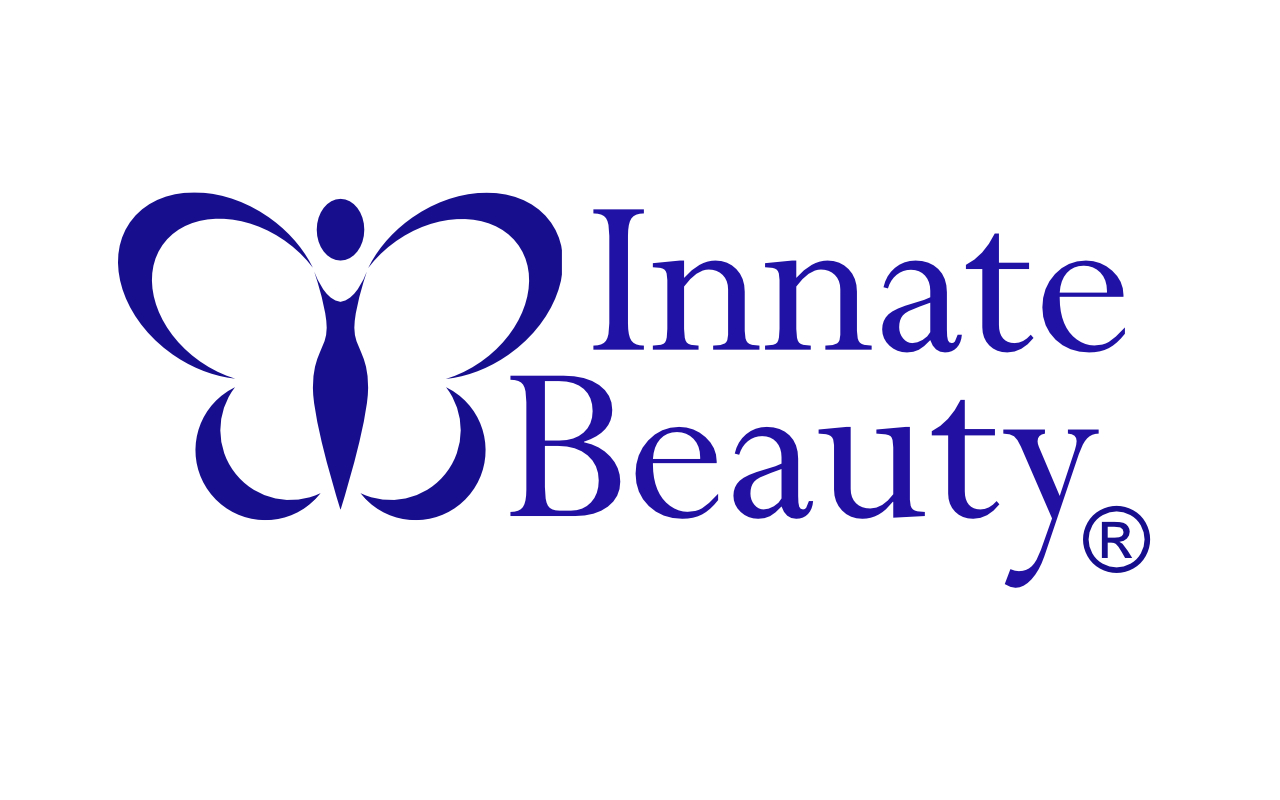What are the Eurothreads made of?
PDO, Polydioxanone, is a colorless, crystalline, biodegradable polymer used to coat the suture.
PLLA, Poly Latic Acid, is a colorless, crystalline, biodegradable polymer used to coat the suture
Can neurotoxins and fillers be used with EuroThreads?
Yes. However, both neurotoxins and fillers take some time to reach the desired effect and may change or augment thread results. It is recommended to let the neurotoxins and filler set in before inserting EuroThreads. This will ensure that the patient has the best opportunity to get the maximum effects from the thread treatment.
Lorem ipsum dolor sit amet, consectetur adipiscing elit. Ut elit tellus, luctus nec ullamcorper mattis, pulvinar dapibus leo.
How are Eurothreads metabolized?
Biodegradation occurs through hydrolysis with majority eliminated through the kidneys
What is the History of Thread Lifts?
Originally Contour threads received FDA approval in early 2006 which was quickly revoked due to the nature of the threads permanence. These threads were not “absorbable” and could not be removed once they were inserted. EuroThreads uses a biodegradable suture that has been FDA approved for decades in cardiovascular surgery. In 2015, the FDA approved the same suture for aesthetic treatments. Thread lifting can be used for treatments to the face, neck and body.

